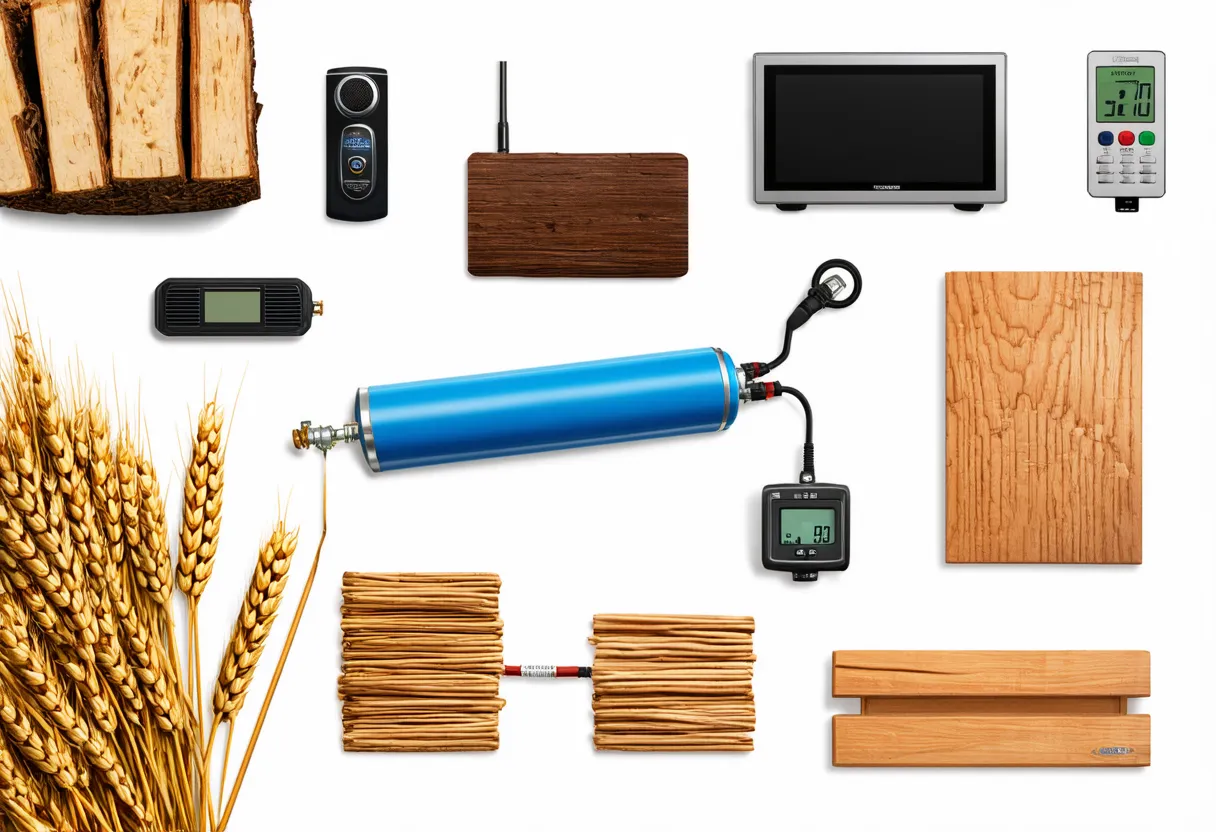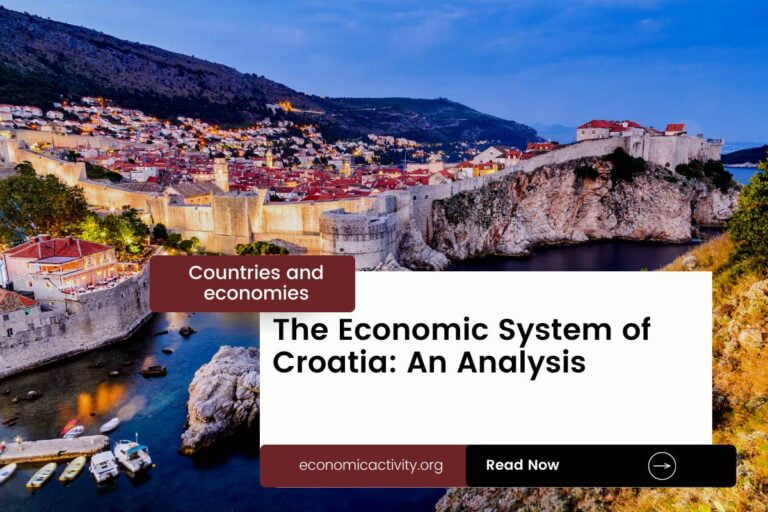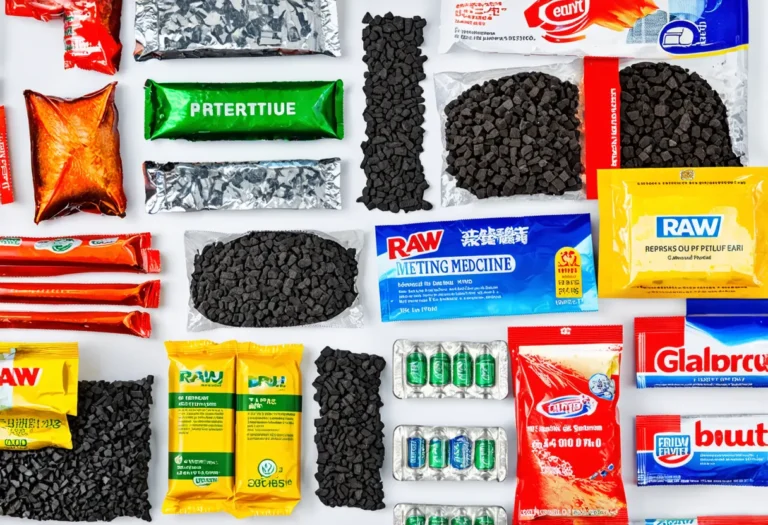Latvia, with a population of 1,879,383, is ranked 144th globally, just behind North Macedonia. Located in Northern Europe, it covers 64,590 sq. km, ranking 119th worldwide, just below Lithuania.
Latvia’s economic position in 2022 showcases a GDP of $40,932,030,049.56, ranking 97th globally. It follows Paraguay, whose GDP stands at $41,722,295,229.23. In terms of GDP per capita, Latvia ranks 47th with $21,779.50.
It is surpassed by Portugal, with a GDP per capita of $24,515.27. Despite being behind these countries, Latvia’s economy demonstrates stability and potential for growth in various sectors.
What are the economic activities of Latvia?
- Primary activities: 3.9% of GDP.
- Secondary activities: 22.4% of GDP.
- Tertiary activities: 73.7% of GDP.

Primary Sector of Latvia
Latvia’s primary sector, primarily agriculture, thrives due to its temperate climate and fertile land. With 31.66% agricultural land, the country produces a variety of crops like wheat, barley, and potatoes, alongside dairy and pork products.
Despite contributing 3.9% to the GDP, agriculture plays a crucial role in the economy. The diverse range of agricultural products highlights the sector’s significance, ensuring food security and supporting rural livelihoods.
With a diverse geological landscape, Latvia boasts abundant natural resources like peat, limestone, dolomite, amber, hydropower, timber, and arable land. These resources play a crucial role in driving the economy, with timber and arable land supporting the agricultural sector, while hydropower contributes to the energy industry. Peat, limestone, and dolomite are essential for construction and manufacturing, and the presence of amber adds to the country’s cultural and economic value.
Secondary Sector of Latvia
What is the secondary sector or what are secondary activities?
The secondary sector involves industries that transform raw materials from primary activities into finished products for consumption. In Latvia, main industrial products include processed foods, wood products, textiles, metals, pharmaceuticals, railroad cars, synthetic fibers, and electronics.
Manufactures play a crucial role in Latvia’s total exports, accounting for 56.39% in 2023. This highlights their significant contribution to the country’s economy and global trade competitiveness.
Tertiary sector of Latvia
What is the tertiary sector or what are tertiary activities?
The tertiary sector in Latvia encompasses services that focus on knowledge and time to enhance productivity and meet needs. Main activities include restaurants, healthcare, education, banking, communication, tourism, and transportation. These services offer intangible goods like expertise and advice to both consumers and businesses.
Highlighting these, Tourism plays a crucial role in Latvia’s economy, contributing significantly to its GDP. With an impressive 8,342,000 annual arrivals, surpassing the country’s population by a factor of 4.4, popular destinations like the picturesque Old Town of Riga and the Gauja National Park attract visitors worldwide, driving economic growth.
Another example of tertiary economic activity is the mobile cellular sector, with 2.2 million subscriptions, supporting technological growth. This connectivity fosters innovation and enhances digital services across various industries.
Military Activities and Economic Sectors of Latvia
The military is a clear example of many economic activities working together. In the primary sector, resources are extracted for military use. The secondary sector focuses on manufacturing military equipment. The tertiary sector includes services provided by the military, while the quaternary sector deals with military research and development. Finally, the quinary sector involves high-level decision-making and strategy in the military.
In Latvia, the most recent annual military expenditure is $1,045.3 million. This spending is 2.04% of the country’s GDP. Latvia has an active military force of 6,210 personnel, which means there are 11.5 active military members for every 1,000 people in the country.
Biggest company in Latvia
Which is the biggest company in Latvia? The largest company is Latvijas Gaze, with a market value of 0.31 billion USD. It operates in the energy industry, focusing on natural gas distribution. Latvijas Gaze was founded in 1991, playing a key role in Latvia’s energy sector.
International Trade of Latvia
Import Activities of Latvia

Latvia’s high import activities in 2023, amounting to 76.52% of GDP, reflect its reliance on global trade for economic growth.
Latvia’s main import partners are Lithuania (22%), Estonia (10%), Germany (9%), Poland (9%), and Russia (6%). The country imports natural gas, refined petroleum, electricity, cars, and packaged medicine.
Exports Activities of Latvia

Latvia’s export activities are of high importance, accounting for 71.99% of its GDP in 2023, totaling $20.33 billion. This signifies a strong reliance on international trade for economic growth and stability.
Latvia primarily exports wood, wheat, natural gas, electricity, and broadcasting equipment. Its key export partners are Lithuania (18%), Estonia (10%), Germany (6%), Russia (6%), and Sweden (5%).
Latvia economy challenges in 2024
In 2024, Latvia faces challenges from skilled labor shortages, limited capital market access, a significant informal sector, and the need to transition towards green and digital technologies. Despite being a high-income EU and eurozone member, the country experienced economic contraction due to export decline and energy shocks. However, recovery is underway, driven by easing inflation, wage growth, and investments supported by EU funds.




Leave a Reply